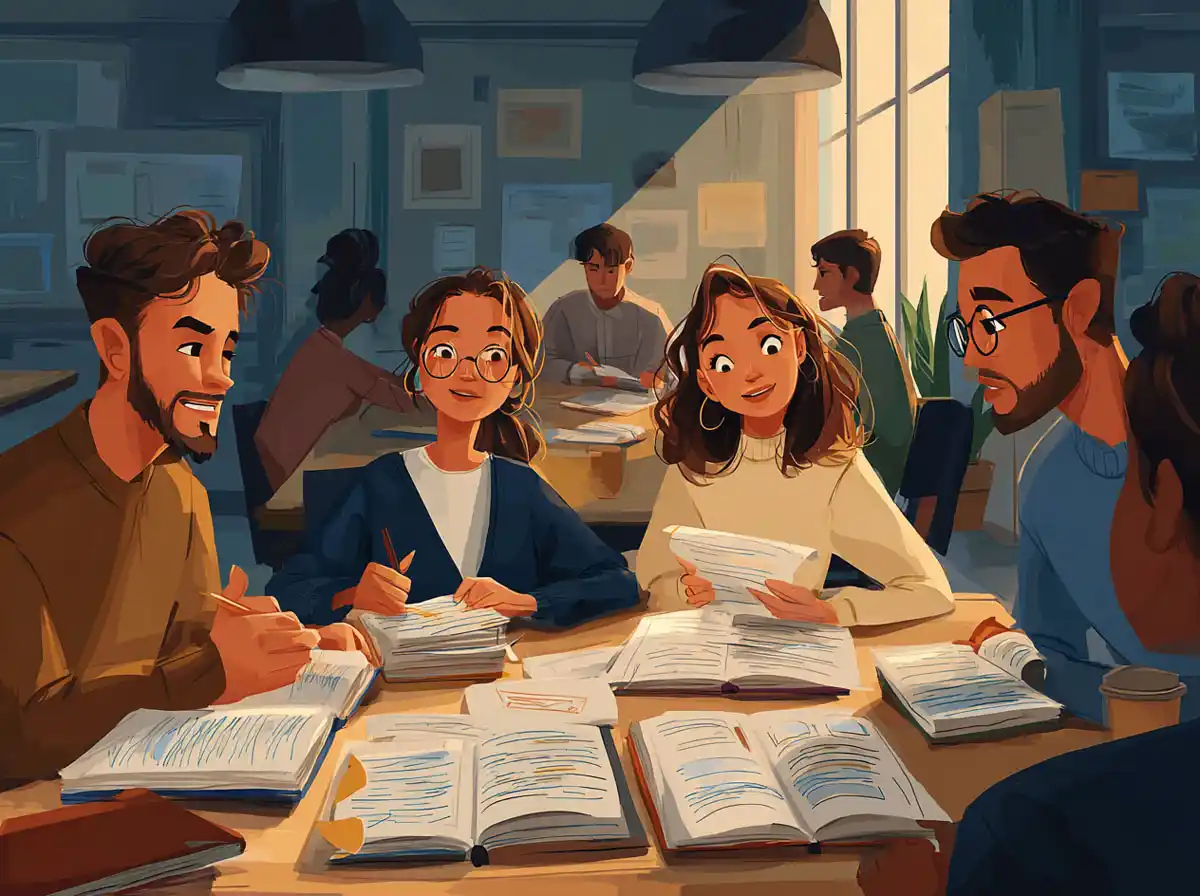Þessi – This (neuter)
**Þessi** is used to refer to something that is close to the speaker in terms of space or time. In English, it translates to “this.” It’s a demonstrative pronoun that helps to specify which object, person, or concept the speaker is talking about.
Þessi – this (used for neuter nouns)
Ég vil kaupa þennan bíl.
Vocabulary
bíll – car
A motor vehicle with four wheels, usually powered by an internal combustion engine or electric motor.
Þessi bíll er mjög hraður.
þetta – this (neuter)
Used to refer to something that is close in space or time to the speaker.
Þetta er nýja bókin mín.
húsið – the house
A building for human habitation, especially one that is lived in by a family or small group of people.
Ég bý í þessu húsi.
vatn – water
A colorless, transparent, odorless liquid that forms the seas, lakes, rivers, and rain and is the basis of the fluids of living organisms.
Þetta vatn er kalt.
fjall – mountain
A large natural elevation of the earth’s surface rising abruptly from the surrounding level; a large steep hill.
Þetta fjall er hátt.
borð – table
A piece of furniture with a flat top and one or more legs, providing a level surface on which objects may be placed.
Ég setti bækurnar á þetta borð.
Þetta – These (neuter)
**Þetta** is the neuter plural form and is used to refer to multiple objects that are close to the speaker. In English, it translates to “these.” It’s also a demonstrative pronoun but is used in the context of talking about more than one item.
Þetta – these (neuter plural)
Þetta eru bækur mínar.
Vocabulary
bækur – books
A set of written, printed, or blank pages fastened together along one side and encased between protective covers.
Þetta eru nýju bækurnar mínar.
skálar – bowls
A round, deep dish or basin used for food or liquid.
Þetta eru skálar fyrir salatið.
hús – houses
Buildings for human habitation, especially ones that are lived in by families or small groups of people.
Þetta eru nýju húsin í hverfinu.
glös – glasses
Containers used for drinking liquids, typically made of glass or plastic.
Ég setti þessi glös á borðið.
fjöll – mountains
Large natural elevations of the earth’s surface rising abruptly from the surrounding level; large steep hills.
Þetta eru háu fjöllin.
borð – tables
Pieces of furniture with flat tops and one or more legs, providing level surfaces on which objects may be placed.
Ég þarf að þrífa þessi borð.
Usage in Sentences
Understanding how to use **Þessi** and **Þetta** correctly in sentences is crucial for effective communication. Let’s look at more examples to get a better grasp of their usage.
Þessi bók – this book
Used when referring to a specific book that is close to the speaker.
Ég ætla að lesa þessa bók.
Þessi stóll – this chair
Used when referring to a specific chair that is close to the speaker.
Þessi stóll er mjög þægilegur.
Þessi maður – this man
Used when referring to a specific man who is close to the speaker.
Þessi maður er kennari minn.
Þetta hús – this house
Used when referring to a specific house that is close to the speaker.
Ég bý í þessu húsi.
Þetta mál – this matter
Used when referring to a specific matter or issue that is close to the speaker.
Við þurfum að ræða þetta mál.
Þessi bíl – this car
Used when referring to a specific car that is close to the speaker.
Ég vil kaupa þennan bíl.
Common Mistakes and Tips
Learning a new language often comes with making mistakes, which is a natural part of the learning process. Here are some common mistakes learners make when using **Þessi** and **Þetta** and tips to avoid them.
Confusing Singular and Plural Forms
One of the most common mistakes is confusing the singular form **Þessi** with the plural form **Þetta**.
Incorrect: Þessi eru bækurnar mínar.
Correct: Þetta eru bækurnar mínar.
Tip: Remember that **Þessi** is used for singular neuter nouns, while **Þetta** is used for plural neuter nouns.
Using the Wrong Gender
Another common mistake is using **Þessi** and **Þetta** with nouns of the wrong gender.
Incorrect: Þetta bíll er góður.
Correct: Þessi bíll er góður.
Tip: Ensure that you match the gender and number of the noun with the appropriate form of the demonstrative pronoun.
Overusing Demonstrative Pronouns
Sometimes, learners tend to overuse demonstrative pronouns in their sentences.
Incorrect: Ég setti þetta skálar á þetta borð.
Correct: Ég setti þessar skálar á þetta borð.
Tip: Use demonstrative pronouns judiciously to avoid redundancy and make your sentences sound more natural.
Practice Exercises
To reinforce your understanding of **Þessi** and **Þetta**, here are some practice exercises. Try to complete them on your own before checking the answers.
Exercise 1: Fill in the Blanks
1. **________** fjall er mjög hátt. (Þessi/Þetta)
2. Ég keypti **________** hús í fyrra. (Þessi/Þetta)
3. **________** eru nýju bækurnar mínar. (Þessi/Þetta)
4. Ég setti **________** glös á borðið. (Þessi/Þetta)
5. **________** vatn er kalt. (Þessi/Þetta)
Exercise 2: Translate the Sentences
1. These books are interesting.
2. This house is big.
3. These bowls are for the salad.
4. This water is cold.
5. These mountains are beautiful.
Answers:
Exercise 1:
1. Þetta fjall er mjög hátt.
2. Ég keypti þetta hús í fyrra.
3. Þetta eru nýju bækurnar mínar.
4. Ég setti þessi glös á borðið.
5. Þetta vatn er kalt.
Exercise 2:
1. Þetta eru áhugaverðar bækur.
2. Þetta hús er stórt.
3. Þetta eru skálar fyrir salatið.
4. Þetta vatn er kalt.
5. Þetta eru falleg fjöll.
By understanding and practicing the use of **Þessi** and **Þetta**, you’ll be well on your way to mastering Icelandic demonstrative pronouns. Keep practicing, and soon you’ll find yourself using them naturally in your conversations. Happy learning!










